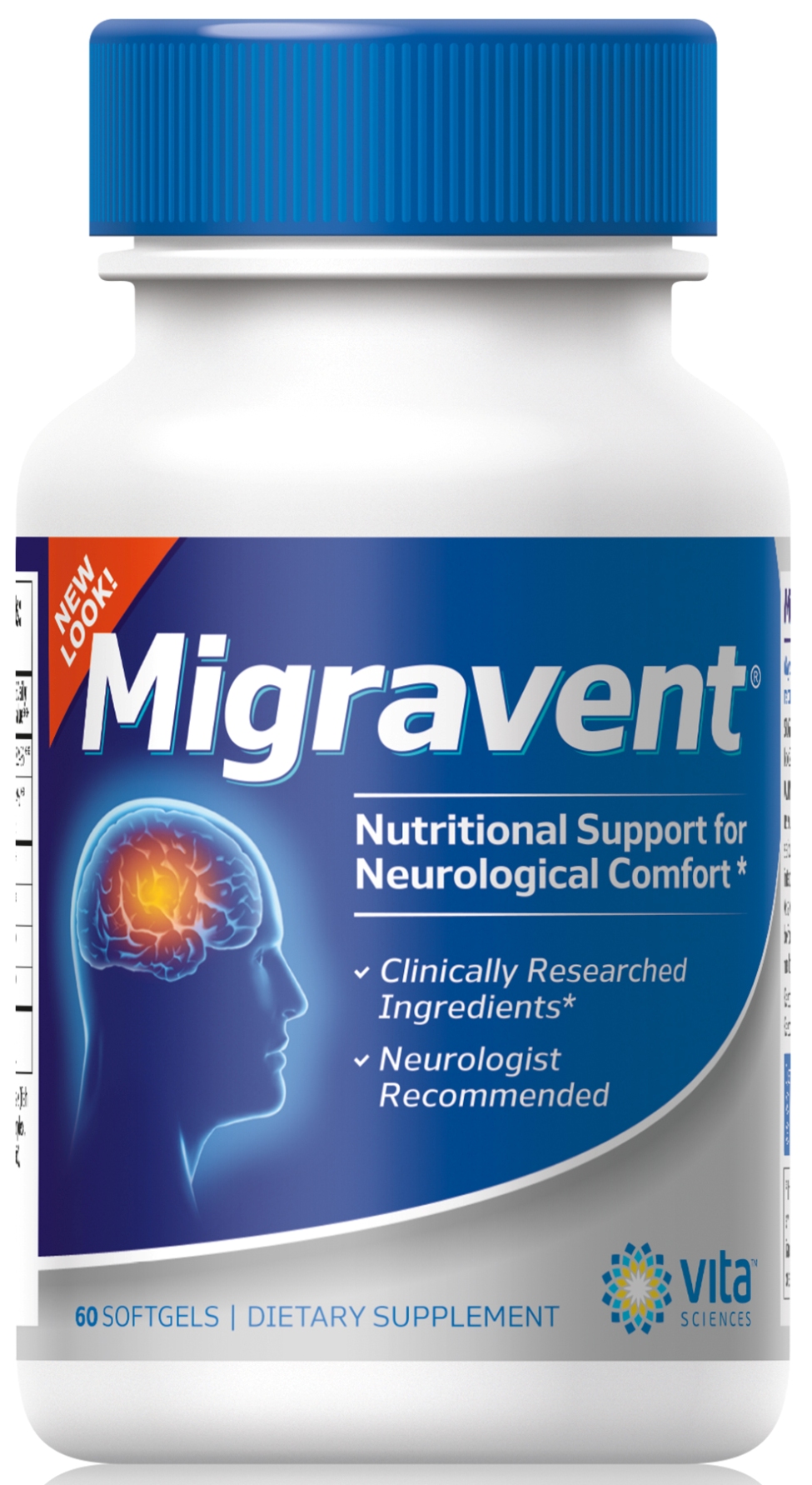About 20% of children suffer from pediatric migraines, according to recent data, resulting in a significant percentage of school absences and decreased productivity in grade school-aged adolescents. In approving medications such as triptans for pediatric migraines, scientists have encountered several challenges along the way.
Recently, the Journal of the American Medical Association Pediatrics published Migraine Therapeutics in Adolescents, a report which explains some of the difficulties scientists have experienced in accurately testing the effectiveness of certain popular migraine medications, including various triptans, for use with child and teen-aged migraine patients.
- Scientists closely examined five migraine medications which are often prescribed for adults.
- All migraine drugs had a history of at least one pharmacokinetic (PK) and one efficacy trial, as submitted to the FDA between 1999 and 2011.
- Researches took into account variances in dosing, absorption rates, and bioavailability between pediatric and adult migraine patients.
- Between 2008 and 2011, two triptan drugs, almotriptan (Axert) and rizatriptan (Maxalt) gained attention for effectiveness in treating children with migraines.
Children favor placebos
One of the biggest challenges that scientists face in proving the effectiveness of a prescription drug for child migraine patients is the existence of the placebo group. In numerous trials focusing on pediatric migraine drugs, researchers noted a high response rate to the random placebo, almost equaling that of the trial migraine drug, including triptans such as Maxalt.
In order to perform an accurate test study on migraine medicines, scientists believe they may need to better educate child test subjects about the role of the placebo beforehand, in addition to encouraging them to report negative results when applicable.
Innovations in placebo testing may also yield more precise results; scientists hope to begin testing of pediatric migraine drugs first with the placebo, separating out patients who responded immediately to the false migraine drug.
Childhood migraines are different
Another battle doctors face stems from the mere fact that most migraine medications are tested on adults, who experience symptoms that often differ from those experienced by adolescents.
Before researchers can efficiently treat pediatric migraines, they need to understand the many similarities and variances between migraines in adults and children.
Hopefully, future testing of migraine medications for school-aged children will result in increased availability and better options for migraine patients of all ages.
Enter our Picture Contest to win a free 1-month supply of Migravent!
Details on our Facebook page.
Your turn!
Do you have children who suffer from migraines? If so, what medications have you found to be most effective?
Have you experimented with natural vitamins, minerals, and herbs for migraines?
Do you have any questions or suggestions? Please leave your comments below.
Share with your friends!
If you found this article helpful, then please share with your friends, family, and coworkers by email, Facebook, or Google+.
Like this? Read more:
Teens and Migraines- 3 Headache Triggers that Spell Trouble
Migraines in Children Linked to Emotional Problems
Back to School means Back to Headaches for Child Migraineurs
Sources:
Migraine Therapeutics in Adolescents- JAMA Network
Pediatric Migraine: Recognition and Treatment
The use of triptans for pediatric migraines.
Image(s) courtesy of chrisroll/FreeDigitalPhotos.net




